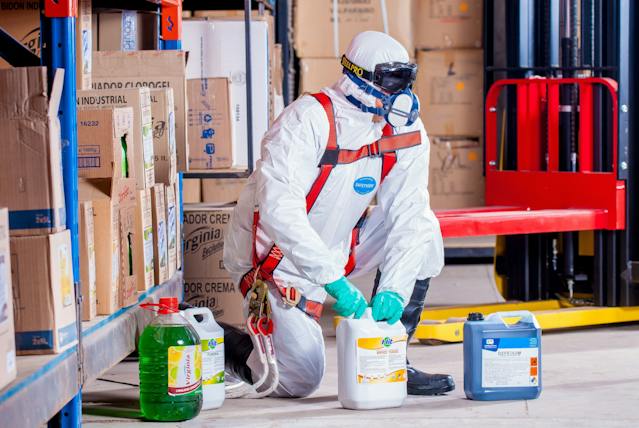OSHA Standards for Construction and Workplace Safety
In an ever-evolving world where industries are constantly growing and expanding, safety in the workplace remains a paramount concern. The Occupational Safety and Health Administration (OSHA) plays a pivotal role in regulating and enforcing safety standards for both the construction and general industry sectors. This article will be discussing OSHA standards for construction, their significance, and how they ensure the safety and well-being of workers.
What is OSHA?
OSHA, the Occupational Safety and Health Administration, is a federal agency under the United States Department of Labor. It was established in 1970 with a primary mission: to ensure safe and healthy working conditions for employees across various industries. OSHA achieves this mission through the development and enforcement of workplace safety standards, outreach programs, and training initiatives.
OSHA’s Mission
OSHA’s core mission revolves around:
- Setting and enforcing safety and health standards.
- Providing training, outreach, education, and assistance.
- Conducting inspections to identify and rectify workplace hazards.
OSHA Standards for Construction
The construction industry is known for its dynamic nature and diverse range of tasks. OSHA recognizes these challenges and has implemented specific standards to address them. These standards encompass various aspects, including fall protection, electrical safety, and hazard communication.
Key OSHA Regulations for Construction
Some crucial OSHA standards for the construction industry include:
- Fall Protection (29 CFR 1926.501)
- Scaffolding (29 CFR 1926.451)
- Excavation and Trenching (29 CFR 1926.650)
- Electrical Wiring Methods (29 CFR 1926.405)
- Hazard Communication (29 CFR 1926.59)
OSHA Standards for General Industry
General industry encompasses a wide range of sectors, including manufacturing, healthcare, and warehousing. OSHA has tailored standards to ensure the safety and well-being of employees in these diverse work environments.
Key OSHA standards for general industry include:
- Hazard Communication (29 CFR 1910.1200)
- Machine Guarding (29 CFR 1910.212)
- Respiratory Protection (29 CFR 1910.134)
- Control of Hazardous Energy (Lockout/Tagout) (29 CFR 1910.147)
- Personal Protective Equipment (PPE) (29 CFR 1910.132)
While construction and general industry have their unique challenges, there are common threads that run through OSHA standards. These shared principles include the importance of proper training, hazard identification, and the use of personal protective equipment.
OSHA Enforcement
Inspection Process
OSHA conducts inspections to ensure employers comply with safety regulations. These inspections can be planned, programmed, or in response to a complaint or accident. During inspections, OSHA inspectors examine the workplace, review records, and interview employees to identify potential hazards.
Penalties for Non-Compliance
Non-compliance with OSHA standards can lead to severe penalties for employers, including fines and potential legal action. The severity of penalties depends on the gravity of violations and the employer’s history of non-compliance.
OSHA Training Requirements
Importance of Training
Training is a cornerstone of OSHA’s approach to workplace safety. Properly trained employees are better equipped to identify hazards, use safety equipment, and respond to emergencies effectively.
Training Guidelines
OSHA sets specific training requirements for various industries. Employers must provide training to employees on topics relevant to their job responsibilities, ensuring that workers have the knowledge and skills needed to work safely.
Employees have the right to a safe workplace, free from recognized hazards. They can request an OSHA inspection if they believe their workplace is unsafe and can participate in safety and health committees.
Employees also play a vital role in workplace safety. They must comply with all safety regulations, report hazards, and use provided safety equipment correctly.
Employers bear the responsibility of creating and maintaining a safe working environment. This includes providing training, implementing safety programs, and ensuring that employees have access to necessary safety equipment.
In the world of industry and construction, safety is non-negotiable. OSHA’s unwavering commitment to establishing and enforcing safety standards has made a profound impact on workplace safety.
By understanding OSHA standards and fostering a culture of safety, employers and employees alike can contribute to a safer and more secure work environment.




